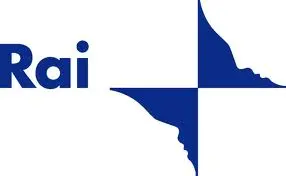RAI chooses Etere to check its loudness
10 February 2010Etere will support the RAI group, according to the International Telecommunication Union recommendations, on the verification and correction of excessive loudness throughout its entire assets archive.
RAI – Radiotelevisione Italiana, is the Italian state owned public service broadcaster controlled by parliament. RAI is the biggest television company in Italy, and operates, using Etere’s standard and tailored solutions, many television channels stations including both analogue and digital terrestrial, as well as satellite offerings. The Italian Communications Regulatory Authority (AGCOM) has recently approved the n.34/09/CSP legislation concerning noise pollution, it mainly consists in the determination of standard maximum volume levels for commercial advertisement broadcasting, according to this legislation, it will be forbidden to broadcast commercials considered "excessively noisy or strident", that is, that exceed the standard levels established and specified in the previous ITU-R BS1770 and ITU-R BS1771 recommendations. In these terms, all Italian broadcasters must check the audio level of their entire assets archive; the RAI group intends to be one of the first broadcasters to adhere to this legislation by achieving a consistent loudness output, and has chosen Etere to accomplish this goal. Thanks to Etere, the RAI group will be able to control loudness level of assets at both ingest and automation phases, by using Etere Workflow to automatically normalize the commercial advertising assets under a file-based Etere system, drastically simplifying the job of RAI’s operators. Etere Ingest is the module on charge of launching an action to analyze the perceived loudness level of both manually ingested and electronically received media through the Etere Tapeless Reception web service.
Etere will use ultimate Rhozet’s Carbon Coder software to automatically normalize all assets without time differences between audio and picture, while fulfilling with the new standard loudness recommendations.

 Back
Back